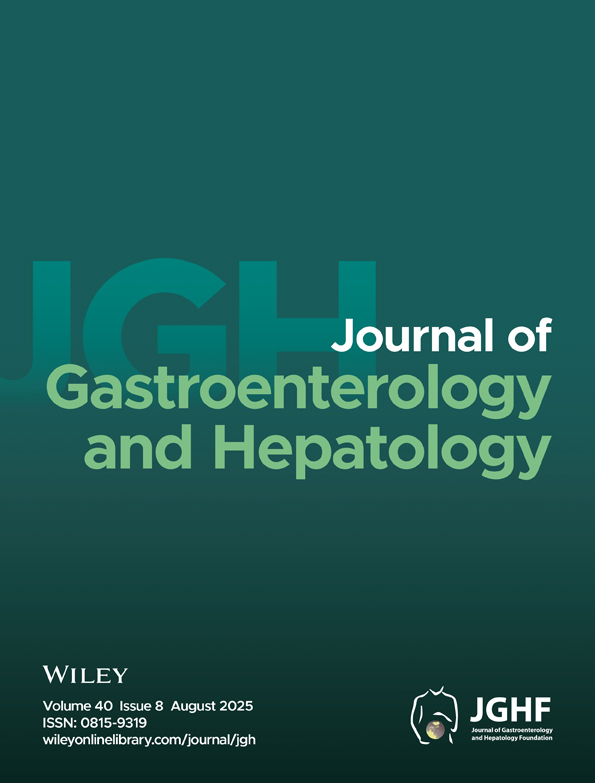Impact of 24-h esophageal pH monitoring on the diagnosis of gastroesophageal reflux disease: Defining the gold standard
Abstract
Background and Aims: The tests that are currently available for the diagnosis of gastroesophageal reflux disease (GERD) lack the desired diagnostic accuracy. To date, only pH monitoring has been shown to have a good sensitivity and specificity, but recent studies have failed to confirm this. Thus there is a need to find a test with acceptable sensitivity and specificity for diagnosing GERD. The present study aimed to find a single test or a combination of tests that could serve as a gold standard for the diagnosis of GERD and to identify an evidence-based diagnostic work-up for GERD in clinical and research settings.
Methods: A prospectively conducted masked study was carried out in which 109 GERD patients were recruited on the basis of symptom score evaluation (heartburn and/or regurgitation). After informed consent was given, the patients underwent various tests, including esophagogastroduodenoscopy with biopsy from the lower esophageal mucosa during the first visit, followed by omeprazole challenge test (OCT), radionuclide scintigraphy, barium swallow and finally 24-h esophageal pH monitoring. A positive concordance of three or more tests was taken as the gold standard.
Results: The results of all six tests were available for 70 patients. As a single diagnostic test, pH testing had the best combination of sensitivity and specificity (Youden's J = 0.69). Even in cases of endoscopy-negative reflux disease, pH monitoring was the most sensitive and specific test (93.3% and 90.4%, respectively; J = 0.83). OCT, endoscopy and histopathology also had good sensitivity (84.4%, 64.4%, 82.2%, respectively). A combination of OCT, endoscopy and histopathology achieved a sensitivity of 100%.
Conclusions: A combination of OCT, endoscopy and histology will identify all cases of GERD. As these investigations are easily available, they should form the diagnostic work-up in clinical situations. 24-h esophageal pH testing, despite being the gold standard, has no utility in routine clinical settings and hence its availability should be limited to tertiary care settings.




